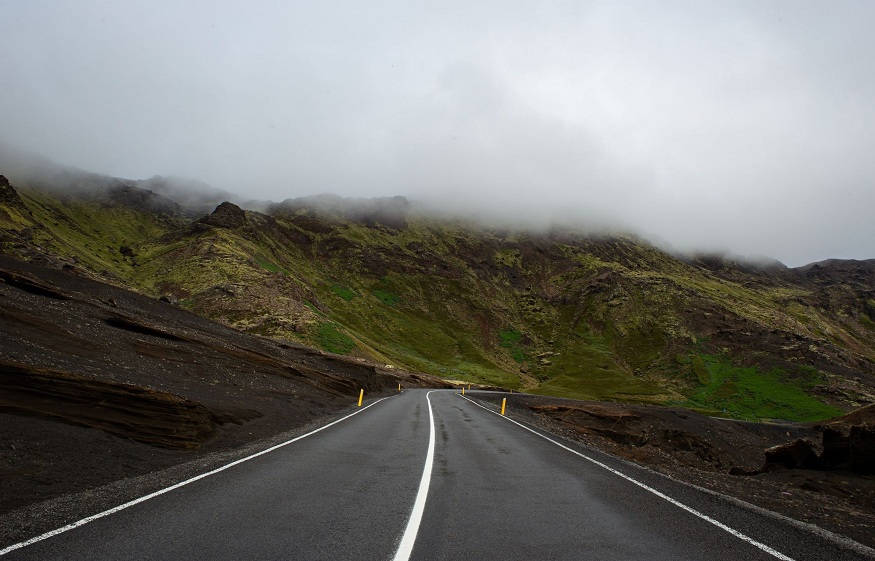Body armor has become increasingly popular among travelers in recent years, particularly among those visiting high-risk areas. Whether you’re a journalist reporting on conflicts in war-torn regions, a backpacker exploring remote areas, or a business person traveling to high-risk areas, body armor can provide an extra layer of protection and peace of mind. In this article, we will explore the different types of body armor available and offer some tips for traveling with it.
Types of Body Armor
To begin, let’s take a closer look at the two main types of ballistic armor: hard armor and soft armor. Soft armor is typically made of flexible materials such as Kevlar or other synthetic fibers and is designed to protect against handgun rounds. On the other hand, hard armor is made of rigid materials such as ceramic plates or steel, and it provides protection against high-powered rifles and other heavy weapons.
Five Tips for Traveling with Body Armor
Tip 1: Research Local Laws
Before you travel with body armor, it’s crucial to research the laws in the country or region you will be visiting. Some countries may have restrictions on the type of body armor that can be worn, and it may be illegal to bring it into the country.
Tip 2: Pack Carefully
If you plan to bring body armor with you, it’s essential to pack it carefully to avoid damage during transit. Soft armor can be folded and packed in a bag, but hard armor requires a specially designed carrier to protect it from damage.
Tip 3: Be Discreet
If you choose to wear body armor while traveling, it’s crucial to be discreet and avoid drawing attention to yourself. Wearing a tactical vest or other obvious body armor may make you a target for criminals or other threats. Therefor it might be best to travel with a covert, low visibility piece of body armor such as the EnGarde T-SHIRT™ Series.
Tip 4: Consider the Weather
It’s important to consider the climate of the area you will be traveling to when deciding which body armor to wear. If you’re traveling to a hot and humid area, consider wearing lighter weight soft armor or plan to wear it only when necessary.
Tip 5: Get Proper Training
Wearing body armor is not enough to protect you in high-risk situations. It’s crucial to get proper training in defensive tactics and situational awareness to help you stay safe while traveling.
In conclusion, body armor can provide an extra layer of protection for travelers in high-risk areas. However, it’s essential to do your research, pack carefully, and be discreet when traveling with body armor. Visit this website about body armor for more information about this subject.
With the right precautions and training, body armor can help keep you safe and secure while on the road. Remember to consider the type of body armor you need, research local laws, pack carefully, be discreet, and get proper training to maximize your safety and security while traveling.
